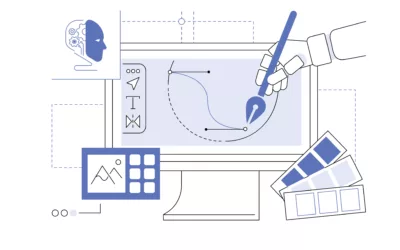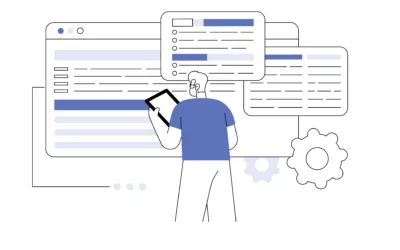Data-Driven Call Center

Data-driven call center operations play a crucial role in shaping customer service strategies and enhancing operational efficiency. In this blog post, we’ll delve into what call center data entails, why analyzing it is important, and how to effectively harness it to elevate your call center’s performance.
Understanding Data-Driven Call Center
Call center data encompasses the wealth of information generated during customer interactions. This data includes:
- Call Logs: Details such as timestamps, call duration, and outcomes.
- Customer Information: Customer names, contact details, and purchase history.
- Agent Performance Metrics: Key metrics like average handling time (AHT), first-call resolution (FCR), and customer satisfaction scores (CSAT).
- Customer Feedback: Direct feedback from surveys and comments.
- Scripted Dialogues: Transcriptions or summaries of conversations.
- Sales and Conversion Data: Insights on sales, conversions, and upsells.
- Queue and Wait Times: Metrics on customer wait times.
- Channel Data: Information from phone, email, chat, and social media interactions.
Importance of Analyzing Call Center Data
Analyzing call center data offers numerous benefits:
- Improved Customer Service: By identifying pain points and recurring issues, you can make data-driven enhancements in the customer experience.
- Enhanced Agent Performance: Evaluating agent metrics helps identify top performers and those needing additional training.
- Efficiency and Cost Reduction: Uncovering inefficiencies in call handling processes enables workflow optimization and cost savings.
- Better Decision-Making: Data-driven insights empower informed decisions regarding technology, staffing, and customer service strategies.
Effective Call Center Data Analysis
To maximize the benefits of call center data, follow these steps:
- Data Collection and Storage: First, use a centralized system to ensure accurate and consistent data capture.
- Define Key Performance Indicators (KPIs): Next, identify and track KPIs like AHT, FCR, CSAT, and Net Promoter Score (NPS).
- Data Visualization: Then, create visually appealing charts and graphs to illustrate trends.
- Segmentation: Furthermore, analyze data by relevant factors such as agent, customer, product, or time period.
- Benchmarking: Additionally, compare your performance against industry standards to identify strengths and areas for improvement.
- Root Cause Analysis: When issues arise, investigate underlying causes to develop effective solutions.
- Continuous Monitoring: Regularly track KPIs and adjust strategies based on real-time data.
- Predictive Analytics: Moreover, use predictive tools to forecast call volumes and customer trends.
- Feedback Integration: Finally, incorporate and analyze customer and agent feedback for comprehensive insights.
Conclusion
In conclusion, data-driven call center operations are an invaluable resource that can significantly enhance customer service, agent performance, and operational efficiency. By effectively collecting, analyzing, and acting on this data, your call center can stay agile and excel in the dynamic world of customer service.
Contact Us
Ready to elevate your call center’s performance with data-driven insights? Contact us today to learn how our solutions can help you achieve excellence in customer service.
Categories
- Agent Performance & Training
- AI solutions
- Asterisk
- Business Growth
- Call Center Performance & Productivity
- Call Center Software Platform
- Call Center Technology & AI Integration
- Call Center Training
- Call Center Workforce Management
- Call Monitoring
- Cloud-Based Solutions
- Customer Experience
- Data Security
- General
- Insights
- Integrated Customer Service
- News
- Omnichannel Communication Strategy
- Omnichannel Support
- Quality Assurance
- Tech


